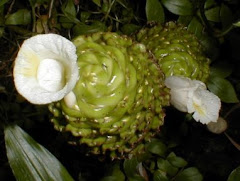
INTRODUCTION
Aloe vera, also known as the Medicinal Aloe, is a species of succulent plant that probably originated in northern Africa. The species is frequently cited as being used in herbal medicine since the beginning of the first century AD, because it is mentioned in the New Testament (John 19:39–40 And there came also Nicodemus, which at the first came to Jesus by night, and brought a mixture of myrrh and aloes... ).
Aloe vera has a long association with herbal medicine, although it is not known when its medical applications were first discovered. Early records of A. vera use appear in the Ebers Papyrus from 16th century BCE, in both Dioscorides' De Materia Medica and Pliny the Elder's Natural History written in the mid-first century CE along with the Juliana Anicia Codex produced in 512 CE. Aloe vera’s use can be traced back 6,000 years to early Egypt, where the plant was depicted on stone carvings.
Known as the “plant of immortality,” aloe was presented as a burial gift to deceased pharaohs. The Greeks and Romans used Aloe vera to treat wounds. In the Middle Ages, the yellowish liquid found inside the leaves was favored as a purgative.
Extracts from A. vera are widely used in the cosmetics and alternative medicine industries, being marketed as having rejuvenating, healing or soothing properties. Aloe vera are also used in alternative medicines and in home first aids. Both the translucent inner pulp and the resinous yellow exudate from wounding the A.vera plant are used externally to relieve skin discomforts.
Today, the gel found in the leaves is used for soothing minor burns, wounds, and various skin conditions like eczema and ringworm. The gel's effect is nearly immediate; it also applies a layer over wounds that is said to reduce the chance of any infection.































































No comments:
Post a Comment